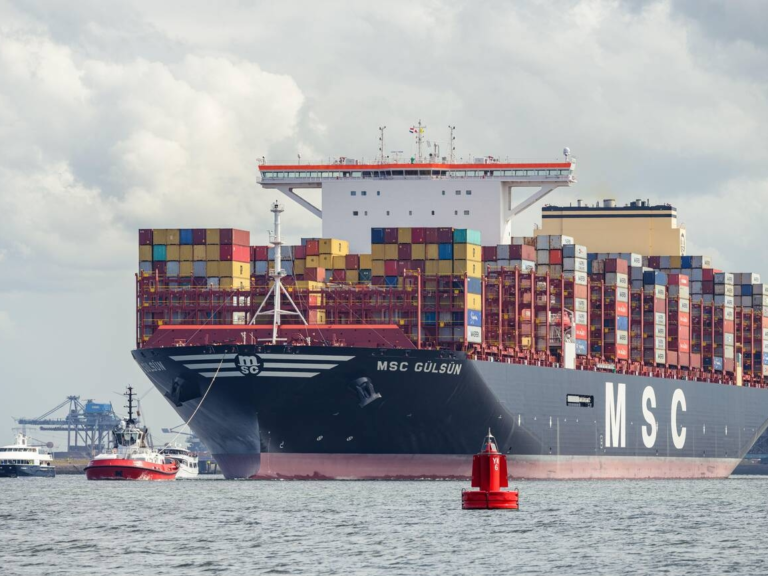How Demand Planning Can Improve the Supply Chain
Accurate demand planning lays the groundwork for resilient and efficient supply chains.
When companies align forecasting with operations, they minimize stockouts, control freight expenses, and improve responsiveness. Without it, inefficiencies ripple across departments, creating bottlenecks, missed opportunities, and higher operational costs.
This article examines how demand planning enhances supply chain performance. It highlights practical strategies, technological enablers, and a real-world example that shows the measurable value of strong planning processes.
Understanding the role of demand planning
Demand planning is the process of forecasting customer needs to align procurement, production, inventory, and distribution activities. Its goal is to deliver products at the right time, place, and quantity with minimal waste.
It brings together demand forecasting, inventory control, procurement planning, and sales analytics to make operations cost-effective and responsive.
Research from Informa TechTarget and IBM supports the idea that effective demand planning improves workflow efficiency, interdepartmental coordination, and organizational agility.
Benefits of effective demand planning
Strong demand planning offers measurable benefits across key areas of the supply chain.
Enhanced forecast accuracy
By combining historical data, market insights, and behavioral trends, companies can create more reliable and responsive demand forecasts.
This allows supply chain teams to improve production planning, shipment scheduling, and inventory management-supporting faster, leaner, and more proactive operations.
Smarter inventory management
Aligning inventory levels with real demand prevents both overstocking and stockouts. This reduces carrying costs, avoids product obsolescence, and ensures better order fulfillment.
With optimized stock levels, companies improve working capital efficiency and customer service simultaneously.
Improved customer satisfaction
Timely availability of products is a direct result of accurate forecasting. Reducing order delays and backorders improves customer experience and loyalty.
Satisfied customers are more likely to return, advocate for the brand, and remain loyal through market fluctuations.
Lower operational costs
Precise demand projections help avoid urgent shipping fees, cut storage costs, and reduce excess procurement.
Companies can also optimize labor allocation, reduce last-minute changes, and renegotiate carrier contracts based on forecast-driven insights.
Better use of internal resources
Effective demand planning allows better coordination of labor, equipment, and warehouse space. Teams spend less time firefighting and more time on strategic improvements.
This leads to higher productivity, less downtime, and improved throughput across operations.
Key steps to build strong demand planning processes
To fully capture these benefits, companies must build their planning capabilities around quality data, advanced tools, and cross-functional alignment.
Prioritize high-quality, real-time data
Forecast reliability depends on clean, comprehensive data from sales, market trends, and operational metrics.
Real-time access enables teams to update plans quickly, adapt to new signals, and maintain a single source of truth across departments.
Use AI and predictive analytics
AI in demand planning supports faster, more accurate forecasting by detecting patterns and anomalies in large datasets.
Machine learning tools refine forecasts over time and simulate various demand scenarios to improve supply chain resilience.
Solutions from platforms like GoComet, SAP, and Impact Analytics enhance precision and enable proactive decisions.
Foster cross-functional collaboration
Demand planning is not a siloed task. It requires alignment between sales, marketing, operations, logistics, and finance.
Integrated planning systems and collaborative cycles promote visibility, faster decision-making, and better alignment between forecast and execution.
Design scalable planning systems
As organizations grow, so must their planning processes. Automating workflows and setting standard procedures ensures that accuracy and responsiveness scale with business needs.
Common obstacles in demand planning
Despite its benefits, demand planning faces several challenges. Addressing these barriers is key to maintaining consistent performance.
Poor data quality
Forecasts suffer when based on inaccurate or outdated information. Manual data entry and fragmented systems are major culprits.
Automated validation, frequent audits, and integrated platforms help ensure data integrity.
Market volatility
Disruptions such as supply shortages, economic shifts, or geopolitical events can skew forecasts quickly.
Using flexible planning models, demand sensing, and scenario planning helps organizations pivot faster and absorb shocks more effectively.
Resistance to new tools
Adopting new planning software often meets pushback due to unfamiliarity or fear of change.
Organizations should focus on user-friendly systems, clear communication, and phased rollouts paired with training to ensure adoption.
Case study spotlight
How Essentra streamlined planning with GoComet
Essentra, a global manufacturer and distributor across 25 countries, was facing several operational challenges:
- Delayed shipments from manual tracking
- Lost savings due to inefficient freight procurement
- Inconsistent invoice handling due to siloed systems
- Poor visibility into logistics performance
To resolve these issues, Essentra implemented GoComet tools including GoTrack, GoInvoice, GoShipment, and GoProcure.
Results
- 4.34 percent cost reduction on freight through better vendor quote management
- 6.75 percent of invoice value recovered through automated reconciliation
- Over 20 hours saved per week by streamlining invoice workflows
- Faster and more transparent vendor payments
- Real-time visibility across 83 global routes
- Centralized dashboards to improve collaboration and decision-making
As Freight Manager Sandy Gullis stated:
“GoComet gave us full visibility into our 83 global shipment routes, helping us track costs, optimize logistics, and make data-driven decisions.”
Essentra’s success highlights the impact of combining demand planning with technology to drive continuous improvement.
The future of demand planning
Demand planning is evolving alongside new digital tools and global pressures. Here are the emerging trends.
AI-driven forecasting
Modern forecasting tools incorporate live consumer data, competitive insights, and external market signals like weather or economic conditions.
AI not only improves forecast accuracy but also recommends actions, streamlining decision cycles.
Real-time adaptability
Cloud-based dashboards and live data feeds allow planners to adjust forecasts and inventory plans in real time.
This flexibility supports rapid response to shifting demand, supplier delays, or changing customer expectations.
Connected enterprise systems
Integrated planning solutions connect demand planning with sales, operations, and finance functions.
These systems reduce delays, improve coordination, and create end-to-end visibility.
Sustainability and risk integration
As regulations and customer expectations evolve, demand planning will incorporate environmental impact metrics and supply chain risk data.
This makes planning not just smarter, but also more responsible.
Conclusion
Demand planning is essential for supply chain agility, efficiency, and resilience.
By improving forecasting accuracy, reducing waste, and aligning teams, companies gain a strategic edge in today’s volatile market.
Platforms like GoComet are already enabling organizations to plan smarter, operate leaner, and deliver better service across global networks.
If your business is ready to strengthen its supply chain, demand planning is the place to start.






